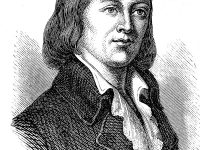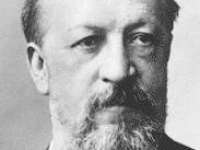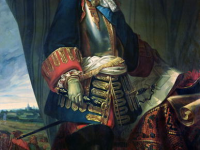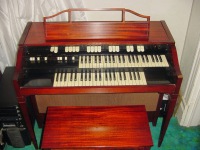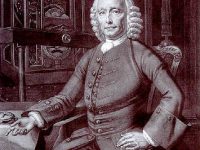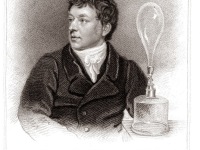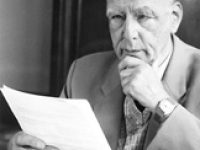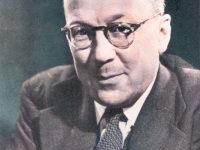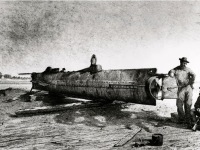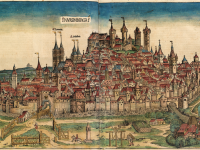The Mechanical Telegraph – a French Invention
On May 23, 1813, the first (modern) optical telegraph line following the mechanical telegraphy system of the French inventor Claude Chappe between Metz and Mainz was established. No, this wasn‘t the first of its kind, but it was the first to connect the former already in France established telegraphy system with a (now) German city. Long before the Days of Morse Code Early telecommunications included smoke signals and drums. Talking drums were…
Read more

